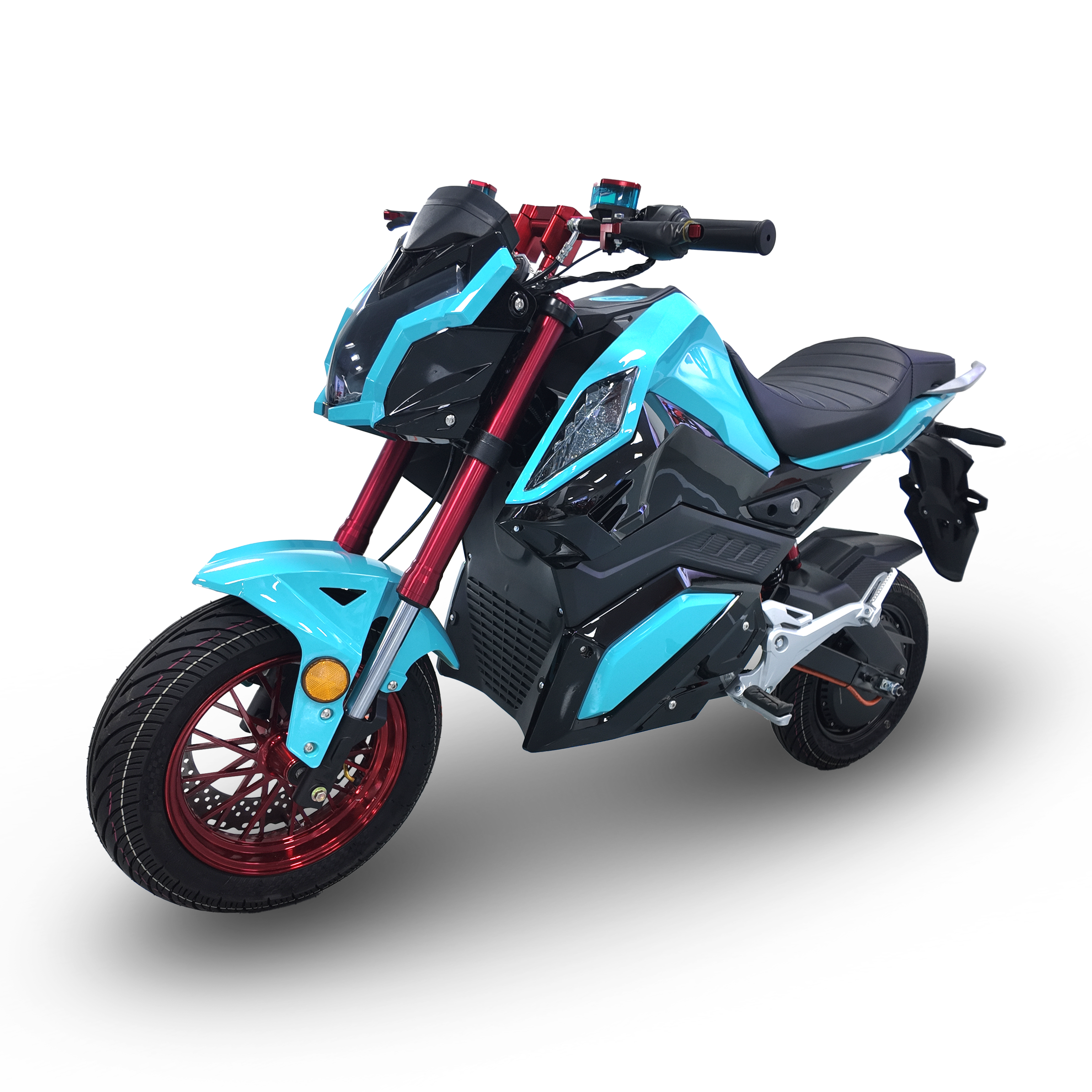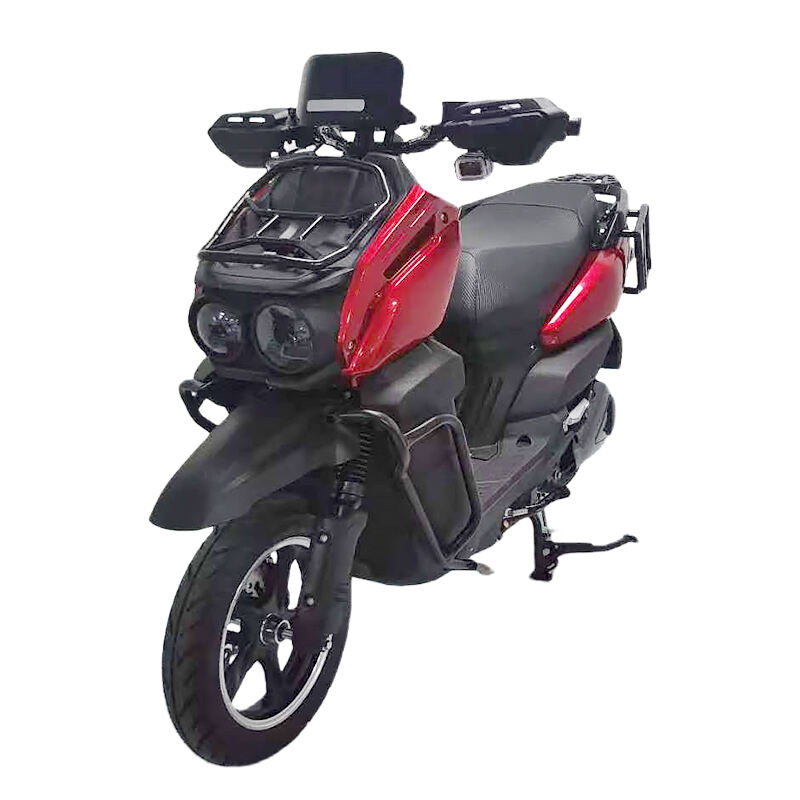The Rise of Electric Revolution in Off-Road Adventures
The world of adventure sports is undergoing a remarkable transformation as offroad electric motorcycles emerge as game-changers in the industry. These innovative machines are reshaping how riders experience the thrill of off-road exploration while embracing sustainable technology. The combination of powerful electric motors, advanced battery systems, and rugged designs has created a new category of vehicles that delivers exceptional performance without compromising environmental consciousness.
Traditional gas-powered dirt bikes have long dominated off-road motorsports, but offroad electric motorcycles are rapidly gaining traction among both casual riders and professional athletes. The seamless delivery of instant torque, minimal maintenance requirements, and whisper-quiet operation are attracting a new generation of adventure enthusiasts who seek both excitement and eco-friendly alternatives.
Technical Innovations Driving the Electric Revolution
Advanced Battery Technology and Range
Modern offroad electric motorcycles feature state-of-the-art lithium-ion battery systems that provide impressive range capabilities. These high-capacity batteries are engineered to withstand rough terrain and extreme conditions while delivering consistent power output. Recent advancements in battery chemistry have significantly improved energy density, allowing riders to venture further into the wilderness without range anxiety.
The latest models can achieve ranges of up to 100 miles on a single charge, depending on riding conditions and terrain. Quick-swap battery systems are becoming increasingly common, enabling riders to extend their adventures by simply replacing depleted batteries with fresh ones in minutes.
Powerful Electric Drivetrains
The electric motors in these motorcycles deliver instantaneous torque from zero RPM, providing exceptional acceleration and climbing ability. Unlike internal combustion engines, electric powertrains offer precise power delivery that can be easily modulated through different riding modes. This level of control enables riders to tackle challenging terrain with greater confidence and skill.
Advanced motor controllers and regenerative braking systems work together to maximize efficiency and extend range while providing superior handling characteristics. The elimination of a traditional clutch and gearbox simplifies the riding experience, making offroad electric motorcycles more accessible to newcomers while still offering the performance demanded by experienced riders.

Environmental Benefits and Sustainability
Reduced Environmental Impact
Offroad electric motorcycles produce zero direct emissions, significantly reducing their environmental footprint compared to conventional dirt bikes. This characteristic is particularly important in preserving natural riding areas and maintaining access to environmentally sensitive locations. The minimal noise pollution also helps protect wildlife habitats and allows riders to explore nature without disrupting local ecosystems.
The sustainable aspects of electric motorcycles extend beyond their operation. Many manufacturers are implementing eco-friendly production processes and using recyclable materials in construction. This commitment to sustainability resonates with environmentally conscious adventure enthusiasts who want to minimize their impact on the planet.
Noise Reduction and Access Benefits
The near-silent operation of offroad electric motorcycles opens up new possibilities for riding locations and times. Areas that were previously restricted due to noise regulations are becoming accessible to electric riders. This quiet performance also allows for early morning or late evening rides without disturbing local residents, expanding the opportunities for adventure.
The reduced noise levels contribute to a more immersive outdoor experience, allowing riders to better connect with nature while maintaining the excitement of motorized recreation. This characteristic has proven particularly attractive to resort operators and tour companies looking to offer eco-friendly adventure experiences.
Performance Advantages in Adventure Sports
Superior Control and Handling
The unique characteristics of electric powertrains provide several advantages in technical riding situations. The instant torque delivery and linear power curve allow for precise control in challenging terrain. The lower center of gravity, due to battery placement, enhances stability and maneuverability, particularly in tight sections and on steep inclines.
Advanced traction control systems and multiple riding modes enable riders to optimize performance for different conditions and skill levels. The elimination of engine braking and clutch management simplifies technical riding, allowing riders to focus more on line choice and obstacle navigation.
Maintenance and Reliability Benefits
Offroad electric motorcycles feature significantly fewer moving parts compared to their gas-powered counterparts, resulting in reduced maintenance requirements and increased reliability. The absence of oil changes, air filter cleaning, and valve adjustments means more time riding and less time maintaining. This reliability factor is particularly valuable during extended adventures or competitive events.
The simplified drivetrain also means fewer potential failure points, leading to enhanced durability in demanding conditions. Regular maintenance primarily consists of basic checks and battery care, making these machines ideal for riders who prefer spending time on the trail rather than in the workshop.
Future Developments and Industry Trends
Emerging Technologies
The offroad electric motorcycle sector continues to evolve rapidly with new technological innovations. Manufacturers are developing more efficient motors, higher-capacity batteries, and advanced power management systems. Research into solid-state batteries and improved charging technologies promises to further extend range capabilities and reduce charging times.
Integration of smart features, such as mobile connectivity and telemetry systems, is becoming more common. These technologies provide riders with detailed performance data, navigation assistance, and battery management information, enhancing both the riding experience and safety aspects.
Market Growth and Accessibility
As production volumes increase and technology costs decrease, offroad electric motorcycles are becoming more accessible to a broader range of riders. Major manufacturers are expanding their electric offerings, while new specialized companies continue to enter the market with innovative designs and features. This competition is driving rapid improvements in performance and value.
The growing infrastructure of charging stations and battery swap facilities is making electric adventure riding more practical for long-distance trips. Rental and tour operators are increasingly adding electric models to their fleets, allowing more riders to experience the benefits of electric power in off-road environments.
Frequently Asked Questions
How long does it take to charge an offroad electric motorcycle?
Charging times vary depending on the battery capacity and charging method used. Most models can be fully charged in 2-4 hours using standard Level 2 chargers, while quick-charging options can provide an 80% charge in under an hour. Some models feature removable batteries that can be swapped instantly for extended riding sessions.
What is the typical range of an offroad electric motorcycle?
Range varies significantly based on riding conditions, terrain, and riding style. Most current models offer 40-100 miles of range under normal trail riding conditions. More aggressive riding or challenging terrain will reduce range, while conservative riding on easier terrain can extend it beyond these figures.
Are offroad electric motorcycles suitable for beginners?
Yes, offroad electric motorcycles can be excellent choices for beginners. The simplified controls, smooth power delivery, and multiple riding modes make them more approachable than traditional dirt bikes. The absence of a clutch and gearbox allows new riders to focus on developing fundamental riding skills without the complexity of managing a conventional transmission.

